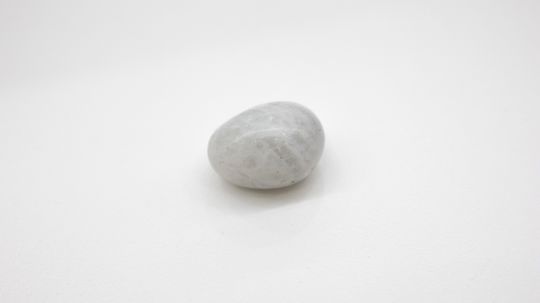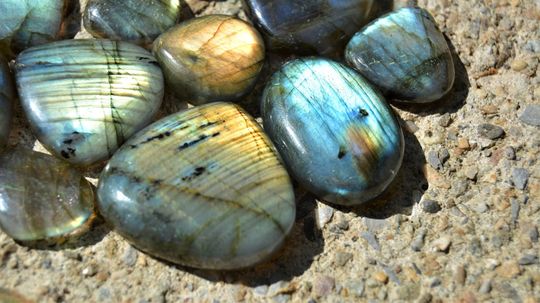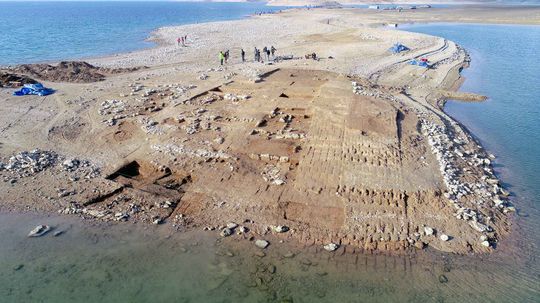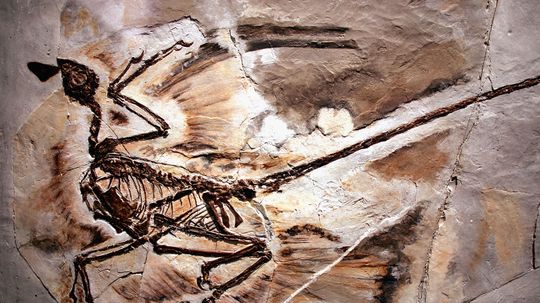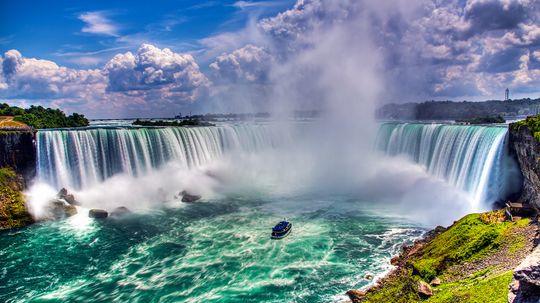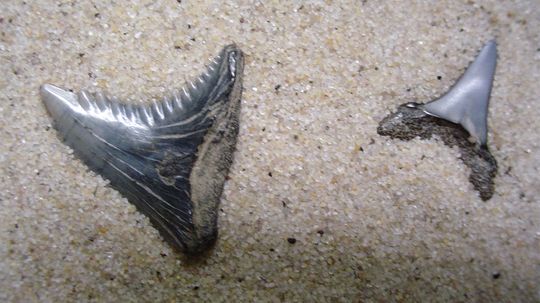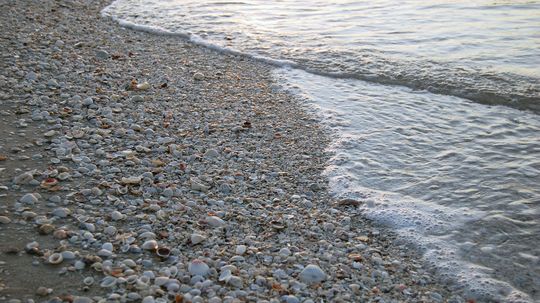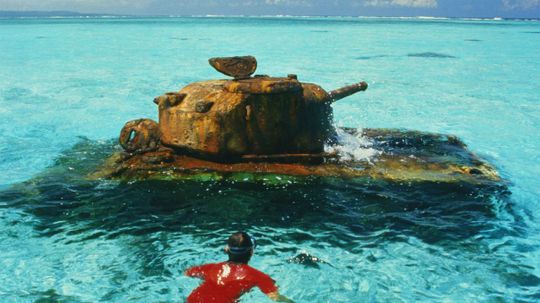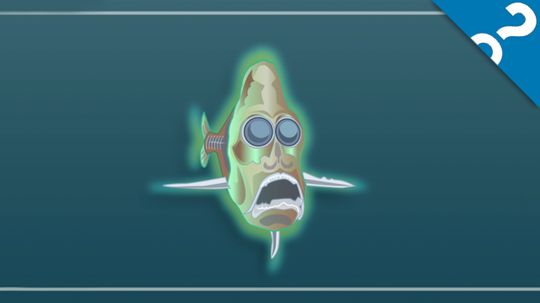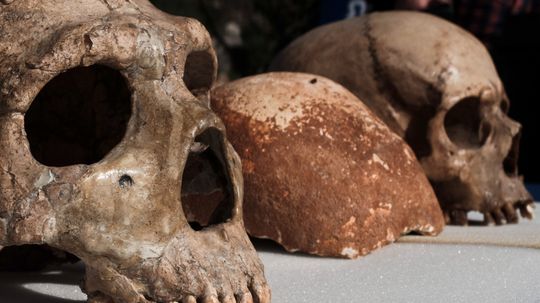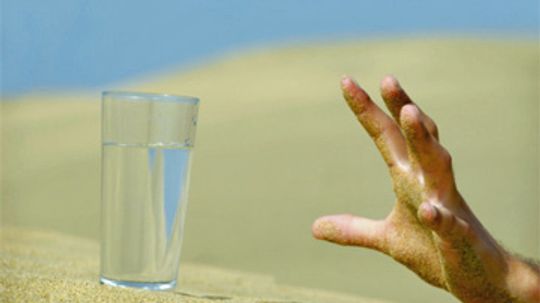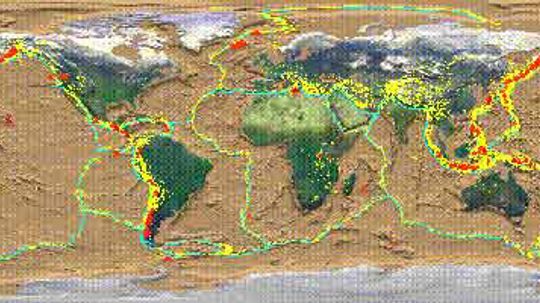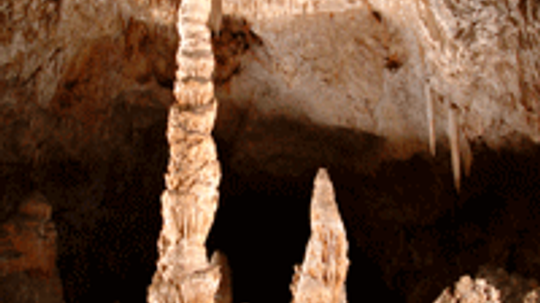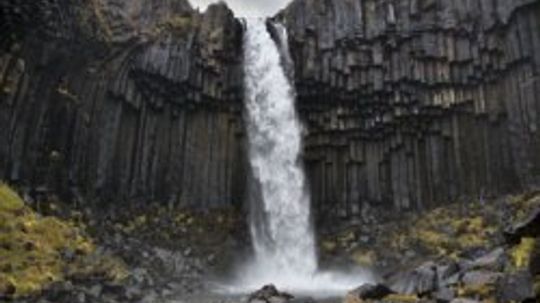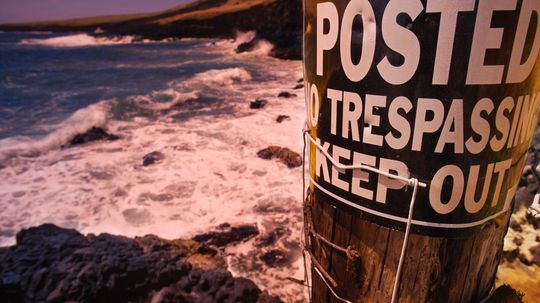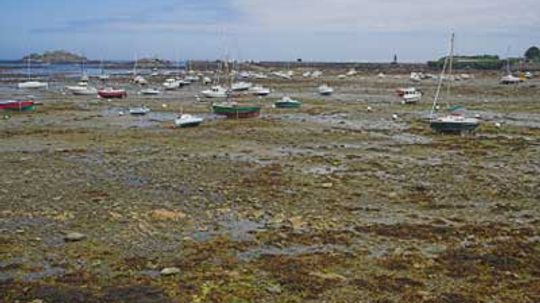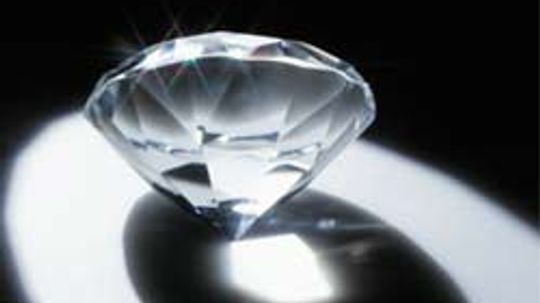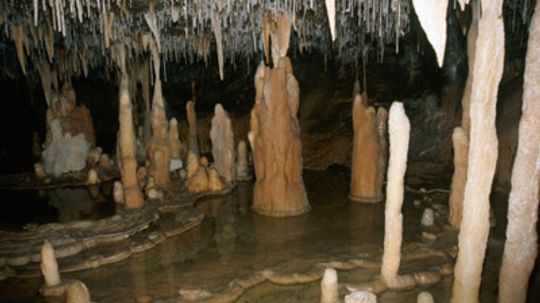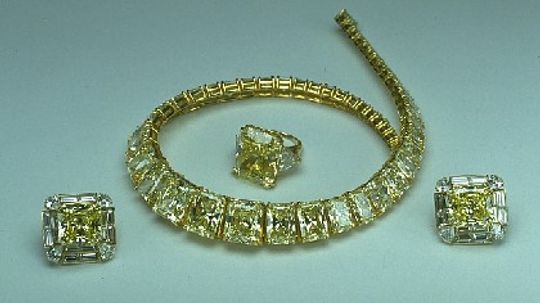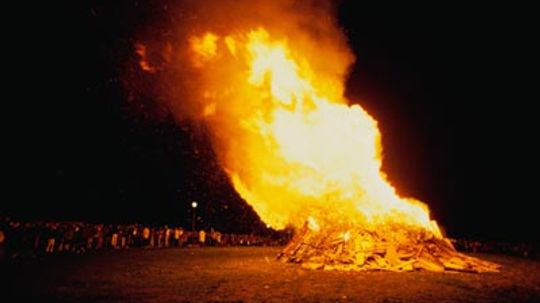Earth Science
Earth Science covers all facets of how the earth works, from from volcanoes to the world's oceans.
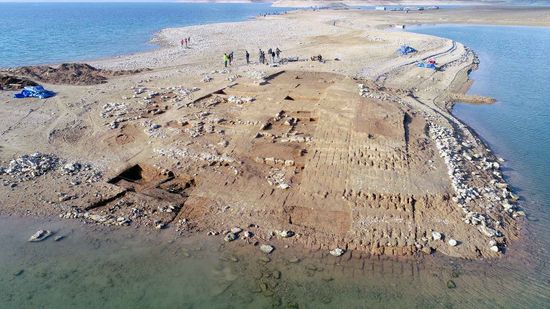
Worldwide Droughts Uncover Ancient Relics, Ruins and Remains
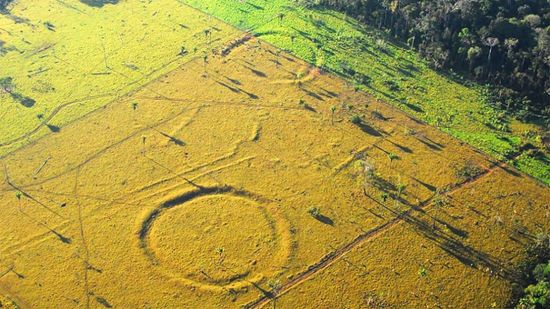
450 Huge Geometrical Earthworks in the Amazon Hint at Past Civilizations

Ancient Egyptians Believed Cats Had 'Divine Energy'

15 Types of Gemstones to Add a Little Sparkle to Your Life
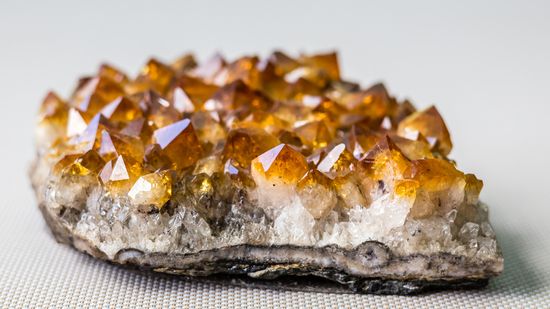
13 Brown Gemstones for Understated Elegance

10 Red Gemstones That Evoke Power and Bold Luxury

10 Longest Rivers in the U.S.: From the Missouri to the Brazos

What Is the Smallest State in the USA? Looking at Area and Population

Venice Isn't Alone: 7 Sinking Cities Around the World
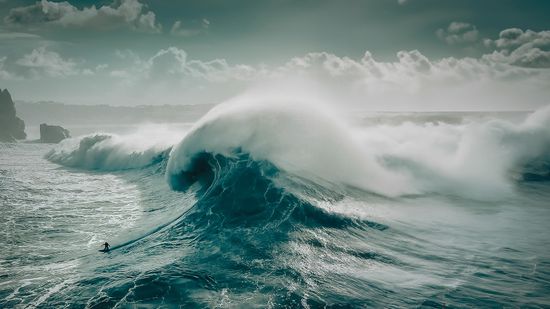
What Was the Largest Wave Ever Recorded?
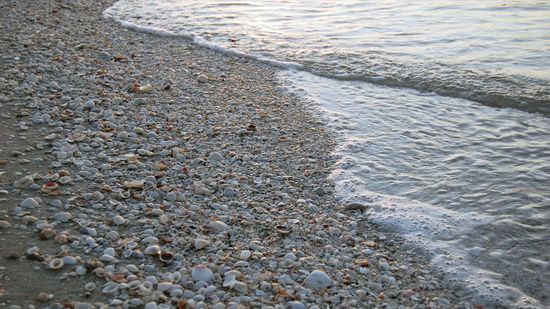
Where Have All the Seashells Gone?
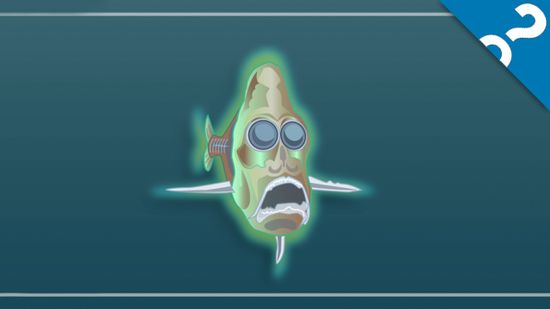
HowStuffWorks: 10 Weird Sea Creatures
Learn More / Page 3
Discover how this mystical stone can bring you wealth, courage, and protection. Is Tiger's Eye the key to unlocking your hidden potential? Find out now and transform your life.
By HowStuffWorks
Discover the mysterious power of Moonstone—the stone of new beginnings, intuition, and emotional balance. Unlock ancient secrets, spiritual benefits, and healing energies that have fascinated dreamers and travelers for centuries.
By HowStuffWorks
Explore Labradorite Meaning: Mystical properties, spiritual insights, and transformation. Uncover the magic of Labradorite symbolism.
By HowStuffWorks
Advertisement
Subsidence, or the decline in the elevation of land surface, is creating a problem for some coastal cities as sea levels rise.
Here are six surprises that were uncovered around the globe when the heat rose and the water receded.
Birds are - quite literally - living dinosaurs. Our quiz will test your knowledge of the fluffy, downy and winged dinos of the bygone Mesozoic era, from little Microraptor to the enormous Yutyrannus.
By Mark Mancini
Each year, Earth sees two equinoxes and two solstices. But how much do you actually know about these events? Take the quiz and find out!
By Alia Hoyt
Advertisement
Water surrounds us, falling from the sky and pouring from faucets, and yet many of us never ask where it comes from. The answer stretches way back - before tides and thunderclouds to the big bang.
To honor their prehistoric pasts, most U.S. states have designated official state fossils, ranging from trilobites to dinosaurs. Take our quiz to learn more!
By Mark Mancini
All that seashell collecting you've been doing actually hurts the environment.
By Mark Mancini
Decades after the massive conflict, reminders of battles linger in pristine Pacific waters.
Advertisement
The ocean's depths are one of the most mysterious areas on the planet - and the inhabitants of this murky domain are stranger than anything you'll find on land.
Decades of fossil discoveries have revealed much about the extinct members of our hominid family tree, but we're far from having all the answers. What have we learned from some of these fascinating finds?
By Jane McGrath
Do you ever play that game in which you select the items you'd bring if you got stuck on a desert island? Along with that treasured bootleg recording of your favorite band, we think that an endless supply of water should be at the top of your list. Here's why.
The world of our far-future descendants may be as unrecognizable to us as our bustling, urbanized world would be to our bewildered ancient forefathers. Will energy drive many of those changes?
By Robert Lamb
Advertisement
A common misconception is that magma comes from the Earth's molten core. It really comes from the mantle, the layer between the core and the crust. Will it ever run out?
The Doll's Theater of Carlsbad Caverns looks otherworldly and took ages to form. What other incredible sights await us below ground?
By Julia Layton
Huge walls of cascading water never cease to capture our attention with their majesty. Ready to marvel at nature? Check out some of the most beautiful waterfalls in the world.
By Rick Mayda
Early explorers drove flags into the ground to claim territories. But no one bothered to float a flag in the oceans. For the most part, we peaceably shared the oceans until we realized what valuable goods could be found in their dark and murky depths.
By Josh Clark
Advertisement
Whether you sail, surf, fish or collect shells, having one of these could help you out before you hit the water.
Diamonds are some of the most brilliant and expensive natural features Earth has to offer. This collection of images displays diamonds in all their uncut and polished shapes and sizes. Obligatory pictures of very large diamonds are included of course.
One grows from the ground and one from the ceiling, but sometime's it's hard to remember which is the stalactite and which is the stalagmite. How do they get there, anyway?
By John Fuller
Diamond engagement rings. Diamond anniversary bands. Diamond earrings and necklaces. And now, the right-hand diamond ring! The four Cs -- cut, clarity, carat and color. Find out what the fuss is all about.
By Kevin Bonsor
Advertisement
Countless movies and television shows depict quicksand as some kind of living creature that sucks its victims down into a bottomless pit, never to be heard from again. Well, you can't believe everything Hollywood tells you.
By Kevin Bonsor
Few things have done as much harm to humanity as fire, and few things have done as much good. Find out where fire comes from and see why it behaves the way it does. The answers might surprise you!
By Tom Harris

